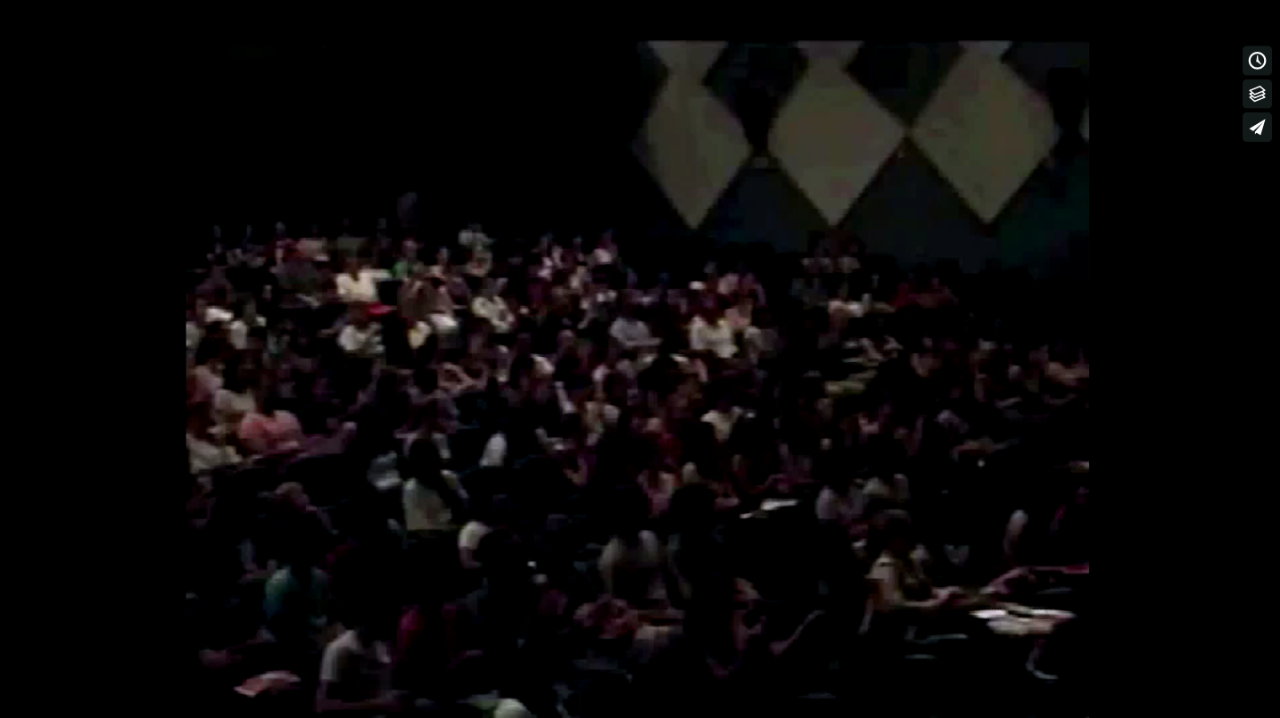video stills










Sérgio Ferro is a Brazilian architect who was born in 1938. He is a graduate of the University of São Paulo, where he also taught. Having been exposed to the realities of the construction site, he focuses particularly on questions of labour and the conditions of production. As a member of Arquitectura Nova, a radical architecture group which he formed with Flávio Império and Rodrigo Lefèvre, he critiqued Brazil's modernist impulses, which he viewed as excluding the vast majority of Brazilians who were living in poverty. The group took part in urban actions and proposed strategies that would democratise access to architecture, as well as the design and building processes. They described their work as creating an ʻaesthetics of povertyʼ and a ʻpoetics of economyʼ, envisioning a highly politicised approach to architecture. The Brazilian dictatorship later responded by exiling Ferro alongside his mentor, Vilanova Artigas, and his colleague Rodrigo Lefèvre.
Ferro’s ideas took shape during the 1960s when he was involved in the design of Brasília, the new capital city. The disjunction between the architectural discourse of freedom and democracy that surrounded the project and the reality of the inhumane working conditions on site were formative for Ferro and his critique. He witnessed these conditions first hand; the low pay, lack of food and rampant dysentery, as well as dangerous building practices that took no account of the risks to workersʼ lives. Based on these experiences, Ferro wrote of architecture as the production of commodity, with its ʻmodernʼ practices fostering a division of labour in order to generate value. For Ferro, this attitude was encapsulated in the jargon involved in architectural drawing, which alienated and was indeed largely incomprehensible to the builders. His aim is a departure from the desired transformation of production in favour of design solutions. One of his key ideas was the ʻpopular houseʼ, which aimed to equip citizens with a support structure to enable them to build houses by themselves.
Installed in a two-channel-video-installation. Dimensions variable.